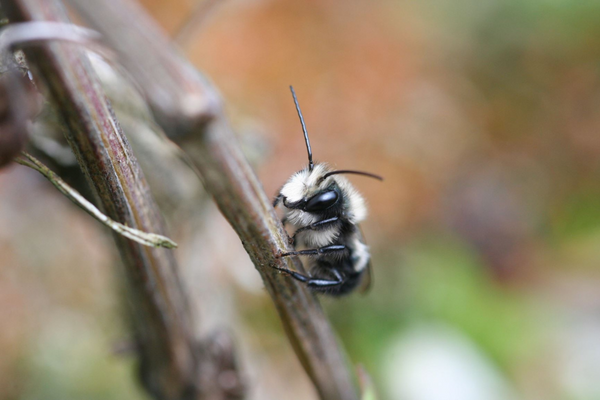Follow this how to grow Dahlias guide for summer bloom success! Plant your Dahlia tubers well after any threat of frost has passed. Preferably when the soil has warmed up to 14-15 ° C (58-60° F).
Choose a spot in your garden with full sun and dig a 30x03cm (12×12″) hole. Mix the dug soil with compost and a handful of bone meal. fill the hole until it is 15cm (6″) deep. Stake the taller varieties at the time of plating to avoid damaging the tuber.
Place the tuber with its “eye” pointing up. Cover the tuber with 5cm (2″) of the soil mix. Once the stem is 10cm (4″) above the surface, add more soil, and repeat until the dug soil is used up.
Water the plants thoroughly in hot weather.
Once the stem is 30cm (12″) tall, pinch its growing tip to encourage bushier growth.
Gently dig up tubers after the tops have been killed by the first frost.
Clean and dry the tubers.
Store then in labeled paper bags in a frost free place until next spring.
Note: Dahlia flower forms are variable, often with just one head per stem. These blooms can be as small as 2 in (5.1 cm) diameter or up to 1 ft (30 cm) called dinner plate varieties. This great variety results from dahlias being octoploids—that is, they have eight sets of homologouschromosomes, whereas most plants have only two.
Sometimes Dahlia stems are leafy, ranging in height from as low as 12 in (30 cm) to more than 6–8 ft (1.8–2.4 m). Most Dahlias do not produce scented flowers or cultivars. Like most plants that do not attract pollinating insects through scent, they are brightly coloured, displaying most hues, with the exception of blue.
















